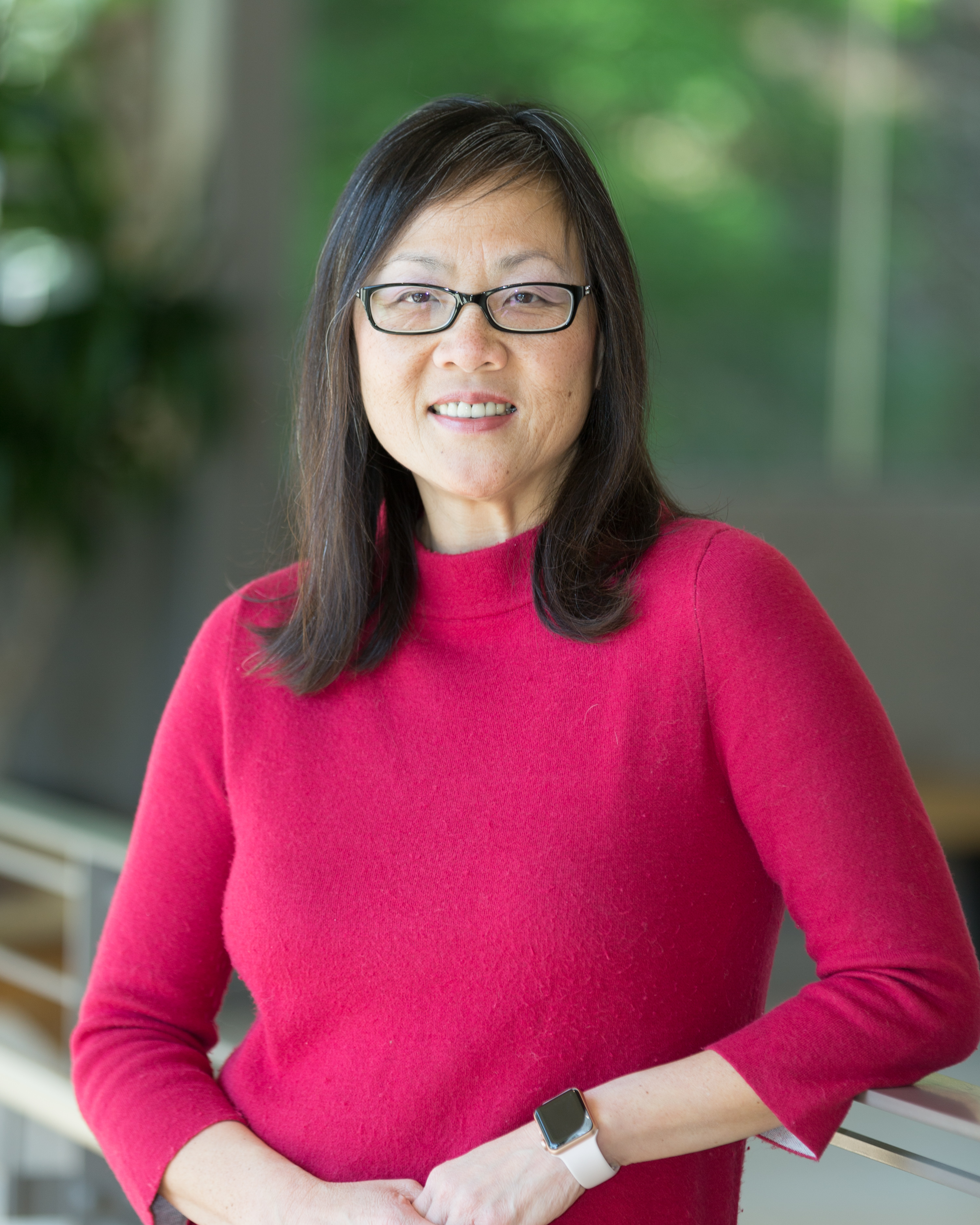Ketchum University’s Southern California College of Optometry holds a unique distinction that speaks to its commitment to advancing the profession nationwide: It leads all optometry schools in the nation in the size of its residency program, offering 50 residency positions in 23 programs across six states. The majority of programs are offered in California, but there are affiliated programs in Washington, Arizona, Nevada, New Mexico and Utah as well.
“We are committed in devoting our energies and resources to post graduate optometric residency education and in elevating the profession one resident at a time,” says Judy Tong, OD, Associate Professor and Assistant Dean of Residencies at SCCO. Her passion for residency education stems from her own positive experience. Dr. Tong says her residency training molded her into the doctor she is today and has created many rewarding opportunities for her in academia and in direct clinical practice.
Residency programs are typically one year in length. The curriculum that the residents experience at each site share similar elements in that there is a clinical care component, didactic activities and scholarly work. The residents are trained under the direct mentorship of highly qualified residency coordinators and other residency faculty that hold a doctoral level degree and a special interest in a clinical discipline.
Each program, however, is absolutely unique as they are carefully designed to capitalize on the strengths of the residency faculty, the patient population served and the resources that are available at each particular facility. Taken altogether, each SCCO residency program meets or exceeds the guidelines set forth by the Accreditation Council of Optometric Education.
There are currently 11 identified types of optometric residencies across the nation. SCCO offers eight of these residency programs focused on the following areas of specialty: primary eye care, cornea and contact lenses, geriatric optometry, pediatric optometry, low vision rehabilitation, vision therapy and rehabilitation, ocular disease and neuro/brain Injury optometry.
SCCO’s residency programs are situated in various diverse clinical settings including the Indian Health Service, the Veteran’s Affairs and health maintenance organizations such as Kaiser Permanente. Residencies also are offered in private practices and at the University Eye Center at Ketchum Health.
“Because of the breadth of the patients seen in the various residency programs, residents are exposed to very complex and challenging cases that they would likely not encounter in other practice modes,” says Dr. Tong.
A question that is begging to be asked is why commit to a residency program? The residents get to hone their clinical skills and immerse themselves in didactic and scholarly activities such as journal clubs, presenting lectures, writing publications and/or conducting research. This is all conducted under a very nurturing and supportive environment through direct supervision by a seasoned residency coordinator and residency faculty.
Dr. Tong adds that “It is the best of all worlds. The residents are given their independence yet if they need consultation or further guidance, the residency coordinator and residency faculty are right there, ready and willing to assist.”
“Those that are attracted to pursuing a residency program have a desire to be challenged and a thirst to learn more,” says Dr. Tong. Residents are typically the “cream of the crop” of their respective graduation classes. The residents know that they want to attain advanced hands on clinical competence. They want to exponentially increase their knowledge base by reading the literature and participating in scholarly meetings and activities. Ultimately, the residents want to be able to take care of the most complex and challenging patient that comes through the door with the utmost confidence.
Dr. Tong says that the late Harue Marsden, OD, the former Associate Dean of Clinical Education at SCCO, used to talk about how sought after residency-trained optometrists are. As the past COA President and the Associate Dean of Clinical Education, she would travel up and down the state visiting private practices, hospital based facilities and more. She would often hear optometrists say they wanted to hire only residency-trained optometrists because of their clinical experience, expertise and impeccable decision making and management skills.
“SCCO has been fortunate to enjoy banner years for the past decade whereby 30-35% of the graduating class enter into residencies,” says Dr. Tong. That figure was 10% in the late 1990s and 15% in the 2000s. With great foresight, many of the SCCO students realize the value of completing a residency and that holding a residency certificate affords them limitless opportunities and opens doors in the optometry profession.
“They are definitely more marketable and sought-after,” says Dr. Tong. Many optometry schools only hire those that have been residency trained. Many of the residency sites use the training program as a springboard to hiring the next generation of optometrists back into their practice, hospital, etc.
There are so many benefits to be residency trained. Dr. Tong says, “If the sky is the limit then we would have a residency position for every graduate. There may be a time in the near future that completing a residency program will be a universal experience for all optometry graduates.”
For the time being, SCCO with Dr. Tong leading the residency programs is strategically planning to add more educationally rich residency programs in private practices, community based clinics and in facilities that offer interprofessional collaboration opportunities.
Editor’s Note: This is part I in a three part series highlighting the SCCO residency program. Look for part II in Ketchum Magazine this spring.

